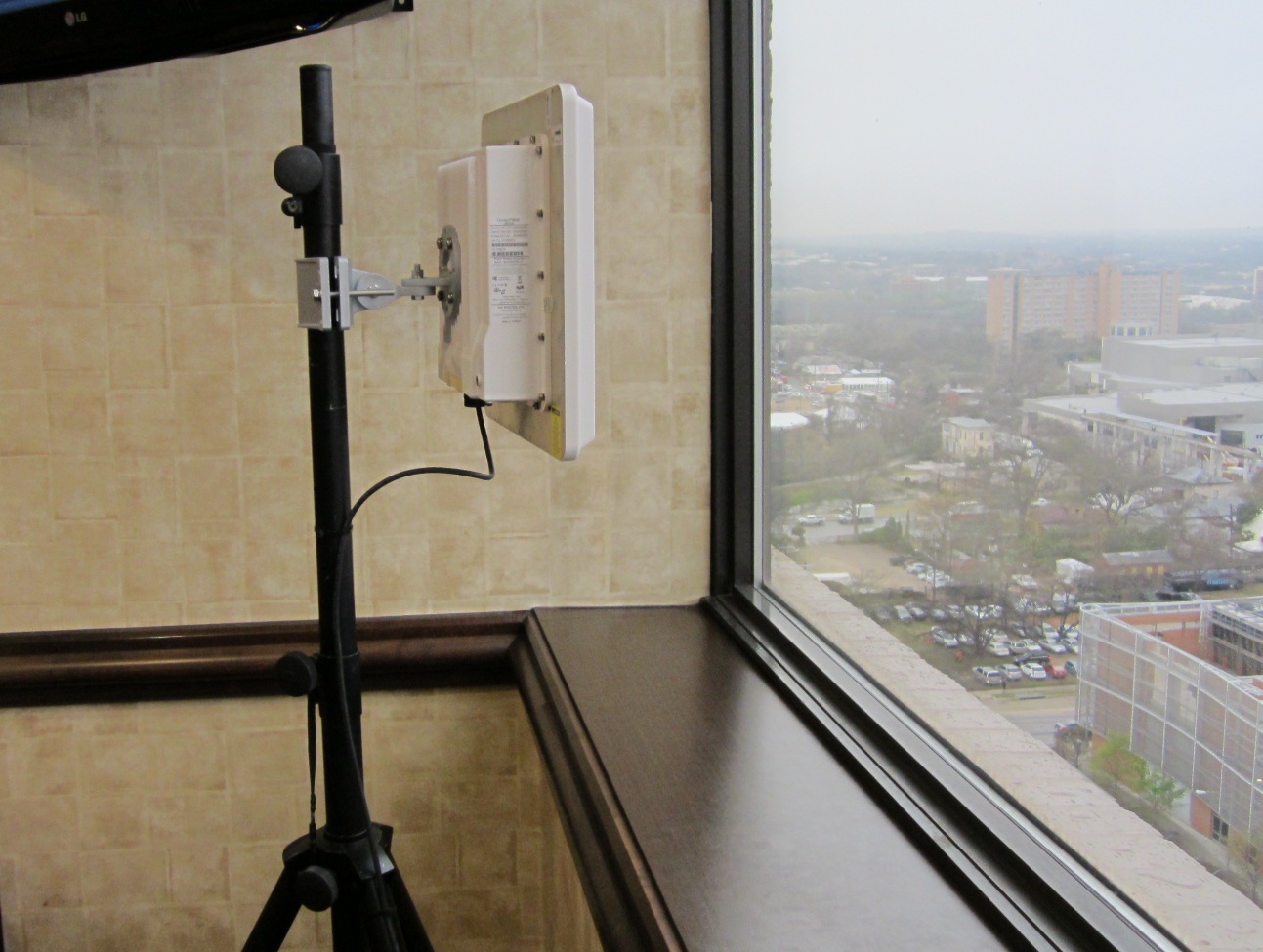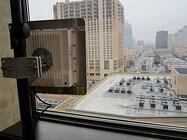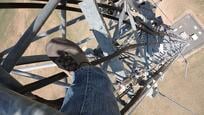When we think of wireless backhaul and microwave communications we typically think of a point to point wireless bridge that is from communication tower to another tower or building rooftop to another building rooftop. In most all cases for wireless point to point microwave backhaul to work there needs to be line of sight (“LOS”) from one antenna to the other. Some other important factors for a point to point wireless bridge to function correctly is to have proper Fresnel Zone clearance and calculated system gain.
In order to make sure a wireless point to point link, whether you are talking about a licensed microwave backhaul or a 5GHz unlicensed point to point wireless Ethernet bridge, will function properly and have predictable reliability a proper wireless network design and path calculation needs to be performed. By performing a quality (radio frequency) RF path calculation we can determine the Free Space Path Loss and overall wireless system gain based on a particular wireless radio system’s receiver sensitivity threshold. This helps determine frequencies that can be used, output power, RSL (received signal level), polarizations, antenna sizes, and antenna heights. The other factor in designing a point to point wireless bridge is to take into account the signal to noise ratio (the incoming signal quality level over any external frequency noise / interference).
With a typical outdoor point to point wireless link it is easy for a wireless installation company to perform all the necessary path calculations and engineering to design a wireless point to point link with 99.999% predictable reliability (<5min of predictable outage a year). But what happens if you don’t have roof rights access to do a wireless installation on the building’s roof or there is no way to cable from the network room / IDF to the roof? Yet from the building’s window you can look out and see the other end clear as day with good LOS. This happens in the enterprise world where a company may occupy a certain floor of a high rise but can’t get roof right access either because of physical challenges or lease contract issues. Why not just put the antenna behind one of the windows?
Shooting a point to point wireless backhaul through glass is not as easy as it may seem. Wireless bridges are in essence sound waves that operate in frequencies that humans can’t obviously hear. Most all glass used in building construction have some sort of sound attenuation (whether just buy the materials in the glass or on purpose to block out outside sound). In the past most glass windows had lead or other metallic compounds in them. Newer windows use a special sound attenuation film to make the inside more quite. Sometimes this glass also uses special films for polarization to block sun glare. This attenuation causes the signal quality of the point to point wireless system to be degraded in the form of signal loss.

Windows can also have a reflective property that can cause the wireless bridge to bounce the TX (transmit) signal back into itself causing self-interference and distortion on the radio system. When this happens we see a lot of errors on the network as BER (Bit Error Ratio), Jitter, and CRC errors. This can also over time damage the wireless point to point radio end.
So can it be done? Yes! Over the years we have successfully done wireless installations from behind glass and recently did a critical point to point wireless backhaul at SXSW for a major video streaming event. How did we do it? First we took into account all the possible issues as mentioned above. The first step was to calculate the link budget by doing a detailed path calculation by building in the possible loss due to the attenuation of the glass. Because the link had to be installed using an unlicensed wireless Ethernet bridge we decided to use a MIMO (dual polarization radio that uses both vertical and horizontal polarized TX/RX signals). In the recent case the shot was very short (less than one mile) and the environmental noise in 5.8GHz was extremely high. We decided to use 5.3GHz band that operates in DFS (dynamic frequency selection – basically channel hopper) in the USA. Then comes the fun part of the installation. We had to play with the polarizations of each end’s antennas, adjust the power output levels on each side separately, and move the radio end behind the glass back and forth from the glass to find the optimum distance of the antenna from the glass.

There are other radio specific settings that can be applied to help the radio from getting false radar detection (which is a requirement of the FCC that causes the radio to jump channels and lock out various frequencies if it sees a DFS channel signal from another source. This happens when the glass reflects its own signal back into itself out of phase. The system needs to be adjusted so that it doesn’t think its own signal is from another outside source. If the 5.8GHz bad was clean of outside interference you still need to adjust so that the radio doesn’t take on errors.
At the end of the day putting one end of the wireless point to point system behind glass allowed over 100Mbps of bandwidth to be used for the event. Time and material costs were saved by not having to run fiber (due to the length of the cable run to the nearest IDF (network closet) to the roof along with power. It is not racommended to shoot point to point wireless through a glass window and it is always Best Practice to go from rooftop to rooftop, but sometimes its the only option. It takes a lot of planning and back and forth testing, but if the wireless installation is done properly shooting wireless backhaul through glass can work!





